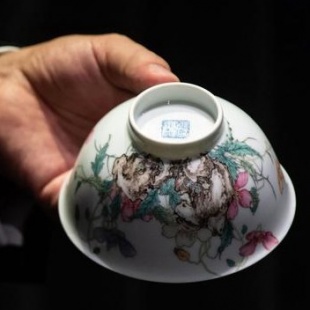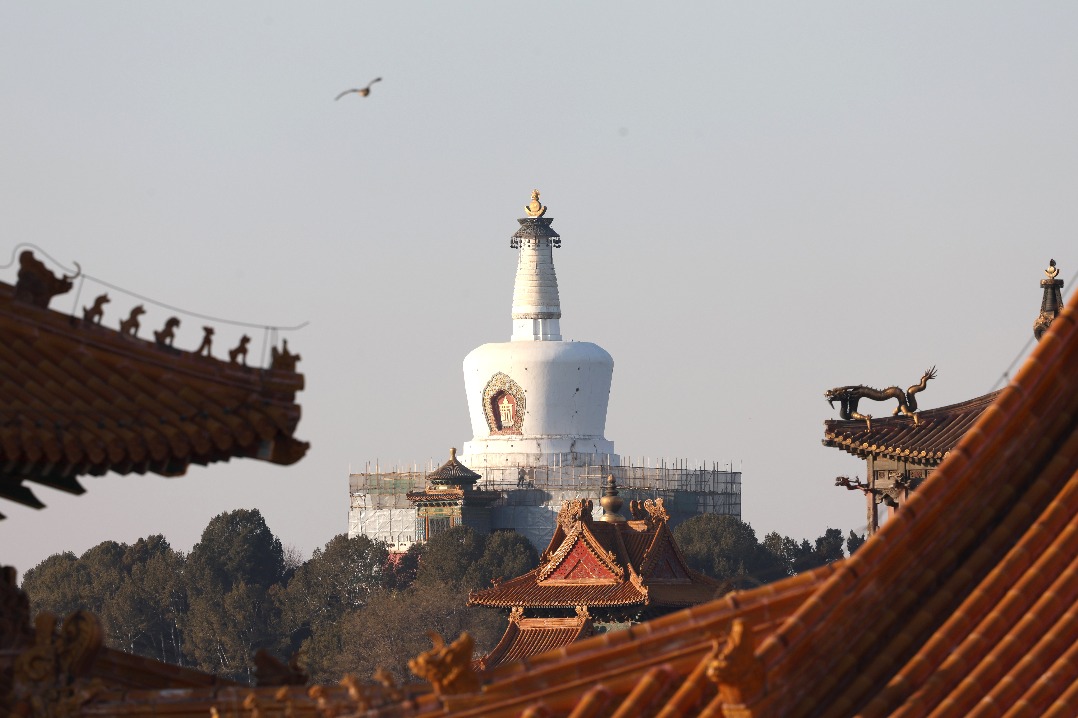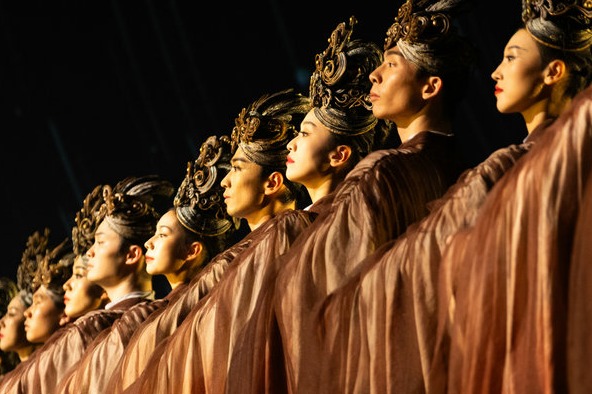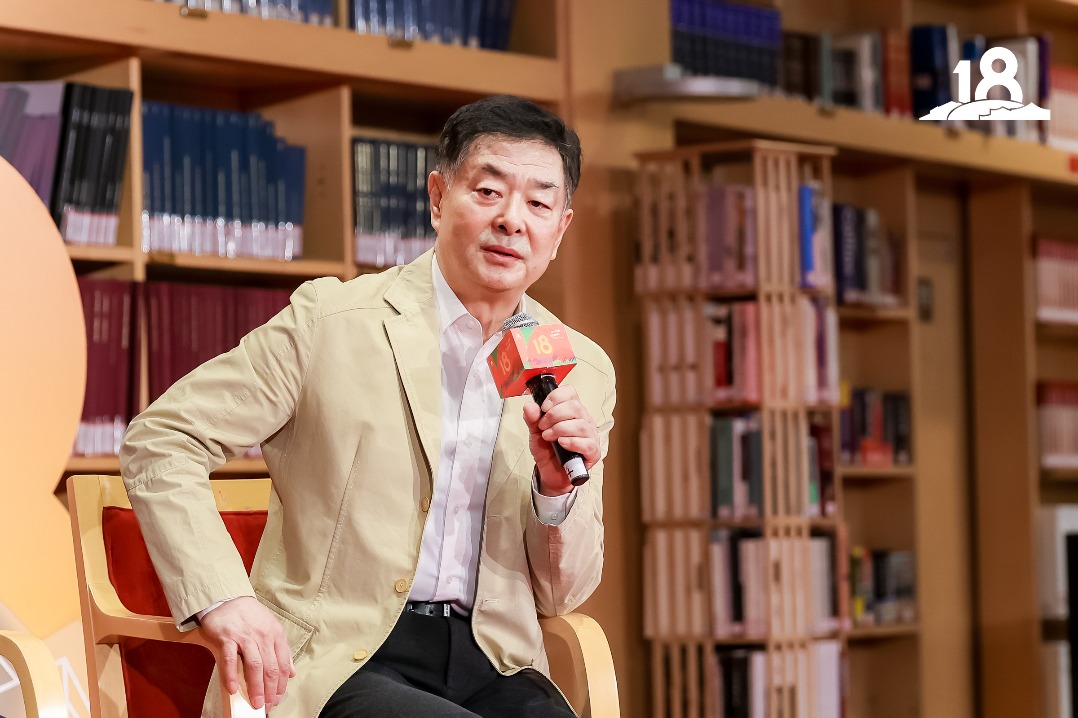US-China trade friction may hit the art market

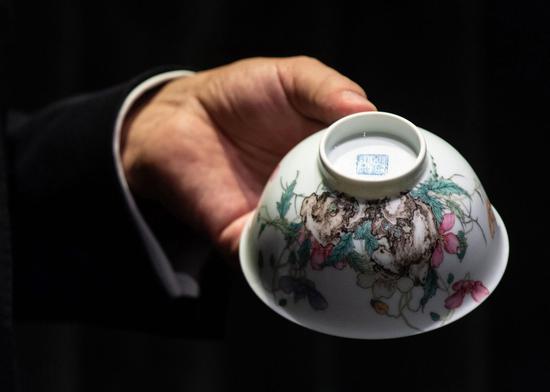
September is the peak season for art auctions, but this year, buyers and sellers are worried. Under the threat of a US-China trade war, it's not just manufacturing, the art market has also been caught in the crossfire.
Back in June, the US proposed duties as high as 25 percent onChinese goods worth 200 billion US dollars. On the last page of the targeted list are Chinese paintings and drawings, original sculptures and antiques more than 100 years old, which means Chinese art coming from anywhere in the world to the US could face extra duties.
Last summer, the hammer price of a 900-year-old Chinese porcelain was $38 million. But buyers may have to pay more for Chinese antiques this time around
Kevin Ching, Sotheby's CEO in Asia, is opposed to tariff measures. "First of all I would like to say Sotheby's, as a matter of principle, opposes any measures that restrict the free flow of art in the market," he said. "I think that's not good for anybody."
In response to the Trump administration's policies, dozens of US companies including art companies voiced their concern during six days of public hearings. The decision left museums, collectors, curators and dealers up in arms.
Regarding the impact on China and US art world, Ching said, "This will actually change the decision of the dealers of the US who might decide, because of the tariff, why should we sell it in America, you know, we will sell elsewhere. They might assign goods to Paris, to London and Hong Kong. That would actually damage the US market, and livelihoods of these US dealers. I do not think that's a good thing."
Last year, $7.1 billion worth of Chinese art and antiques were sold at auctions across the world, and 408 million dollars came from the US. Some say the tariffs on Chinese art will only be a drop in the bucket, but for China’s rising avant-garde artists, the tariffs could be limiting.
"Individually for each Chinese avant-garde artists, in the middle age, or even younger artist, they still tend to look to New York City, Los Angeles, American cities to promote themselves, publicize and also market their concept and their artwork," said Paul Dong, the co-founderandCEO of EI Asia Limited, an artandcultural company."America remains the destination for them to climb higher up on their career and this increase on the tax will absolutely affect their plans. Either dealer, gallery, or art manager, who's helping them to broker deals, it will absolutely affect them."
The details on how the tariffs will work are fuzzy. But with the peak season for auctions coming, many buyers eyeing Chinese paintings and antiques may have second thoughts. "In an ideal world, I think as long as the source of the object, the art is legitimate. I think that should be an absolutely free flow of art in the market between countries, as I said before. There is so much misunderstanding between nations, simply because people can't be bothered to understand other people, different culture, because we always fail to look at things with other people's perspectives, " Kevin said.
The clear message from the art world, in terms of both commerce and cultural exchanges, is that tariffs can only do damage.


